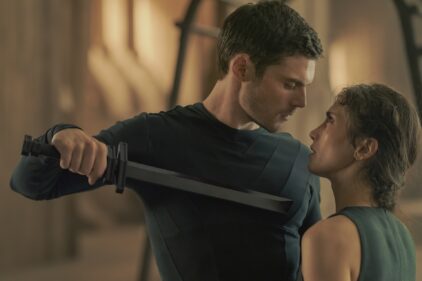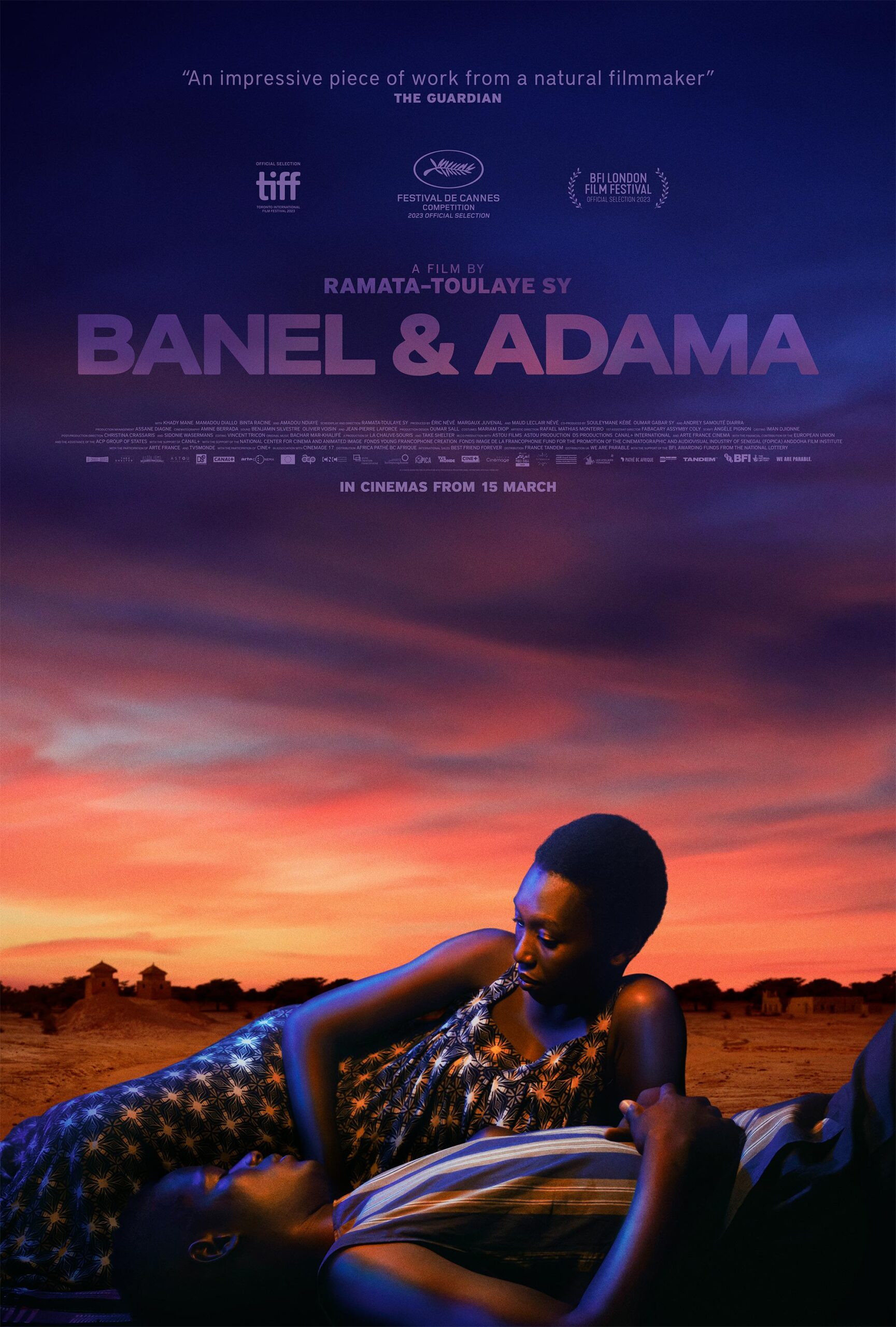Mike Flanagan has quickly risen in the esteem of horror fans thanks to projects like "Oculus," "Hush" and "Gerald's Game," so hope was high when Netflix announced that the filmmaker was adapting Shirley Jackson's brilliant The Haunting of Hill House for the streaming service. Already made into a film twice, once brilliantly in 1963 and once disastrously in 1999 (both are just called "The Haunting"), Flanagan's approach would expand to ten, hour-long episodes. While confidence in Flanagan was higher than other genre auteurs, there was a burning question: How could anyone possibly maintain the tension required by the horror genre over ten hours? It's never really been done before. Horror on TV is almost exclusively the domain of the anthology series, with standalone nightmare fuel in episodes of things like "Tales From the Crypt" and "Masters of Horror." All of this makes "The Haunting of Hill House" something of a miracle. It doesn't feel like anything you've really seen before, blending incredibly smart family drama with some of the most terrifying imagery you've seen in a very long time. The quick pitch could be "'This is Us' meets 'The Conjuring,'" but that kind of undersells what Flanagan and Netflix have accomplished here.

The very structure of "The Haunting of Hill House" is a thing of beauty, cutting back and forth between two eras of the Crain family. The present-day material introduces us to an array of troubled souls, all of whom are somewhat involved in trying to psychologically atone for the events that took place at Hill House decades ago. Not unlike "LOST," each episode centers on a Crain family member, filling in both their present predicaments and highlighting their perspective on the days the family spent in one of the most famous haunted houses in the world.
Back then, Hugh Crain (Henry Thomas) and his wife Olivia (Carla Gugino) were remodeling Hill House in order to flip it. They moved in with their five kids—oldest Steven (Paxton Singleton), second Shirley (Lulu Wilson), third Theodora (Mckenna Grace) and twins Luke (Julian Hilliard) & Nell (Violet McGraw). One of many small wonders in the great overall picture that is this show is the strength of the young cast. Five kids in any show, much less a horror one, can often be a kiss of death but these kids are fantastic, especially McGraw and, most of all, Grace, who was excellent in "Gifted" and even better here.
Of course, all of the Crains quickly realize things aren't right. Nell sees someone/something called the "bent-neck woman," which is even more terrifying than it sounds, and the Crains hear bumps in the night and dogs on the property when there should be none. The Crain time in Hill House is filled in as we learn more about where they are now. Steven (Michiel Huisman) became a famous horror writer, even though he never really saw most of what went down at Hill House. It's almost as if he's trying to catch up with his siblings' first-hand experience. Shirley (Elizabeth Reaser) owns a funeral home, trying to explain the journey to the great beyond in a way that makes sense of her own dealings with death. Theo (Kate Siegel) lives in her sister's guest house and helps foster children in a way that broaches the supernatural—again, she's a damaged person trying to save damaged children herself. Luke (Olivier Jackson-Cohen) struggles with addiction; Nell (Victoria Pedretti) battles the horror of sleep paralysis. All of these people are troubled and lost to a certain degree, emotions amplified by the nightmares in their past.

And that's the greatest strength of "The Haunting of Hill House," the way in which Flanagan and his writers organically bring horror into a relatable emotional dynamic with well-drawn characters we come to like. Ghost stories are inherently grounded in emotions we all feel; they came about as a way to deal with grief and explain the nightmares often associated with it. Flanagan and his team keenly understand how painful memories and deep wells of grief can lead to sleepless nights. The horror here never feels cheap, coming from its remarkable setting in the flashbacks and its characters' emotions in the present day. Everyone has been overwhelmed by emotion in their lives; for the Crains, that feeling turns into the supernatural. Most importantly, allowing us to feel for these characters and care about them makes their plight and torment that much more palpable. Episode five is one of the most moving things I've seen all year not only because it's terrifying but because of the human story it tells. So many horror filmmakers put so much emphasis on the horror elements that they forget the human ones. Flanagan never does, and his work here is reminiscent of Stephen King in his prime.

It also helps that Flanagan has improved as a craftsman with every project, and this one is breathtaking in terms of visual language. The structure alone would have killed most showrunners, but Flanagan finds a way to incorporate the past and present into one seamless fabric. It unfolds like one coherent ghost story, placing images from the past in the present—for example, a door will open in Hill House and then someone walks through a matching door in the present. Each episode moves forward while also filling in details from the past, and Flanagan never lets it lag in that structure. Episode six is a particular technical achievement, shot in long takes (20 minutes each) as the Crains finally get together, weaving together their current situation and the past without perceptible scene breaks. The emotion in this moment is so palpable that past becomes present. It's something else.
That episode will get a lot of attention, but the craft is there from the very beginning. Just look at how Flanagan places his actors in the frame, often at a distance in Hill House with its huge rooms and daunting ceilings, making the Crains look smaller in this scary world. He gets closer in the present day, pushing into their emotional turmoil. And then there are the horror beats. Something that shouldn't be there in the background; a shadow in a hall; a door you know you closed that's now open; a scratching sound in a wall—"The Haunting of Hill House" contains some of the most unforgettable horror imagery in film or television in years. The best horror film of the year also happens to be one of the best TV shows of 2018. Don't miss it.












